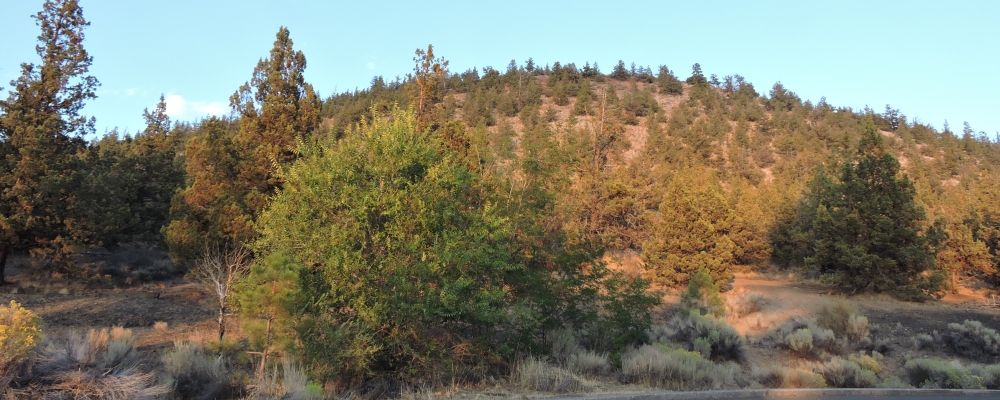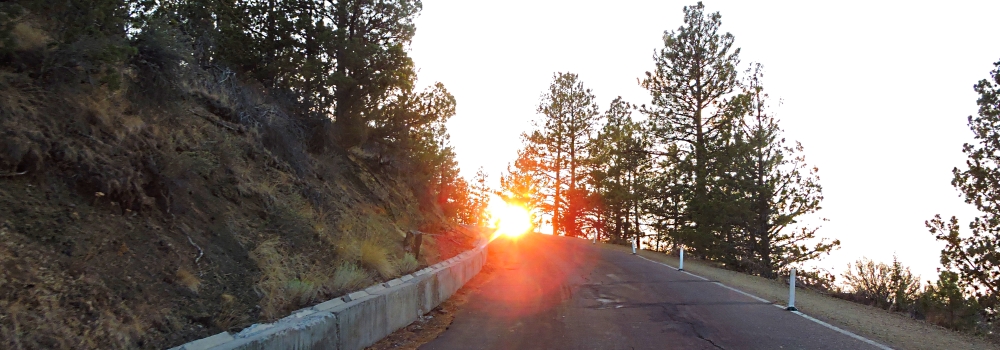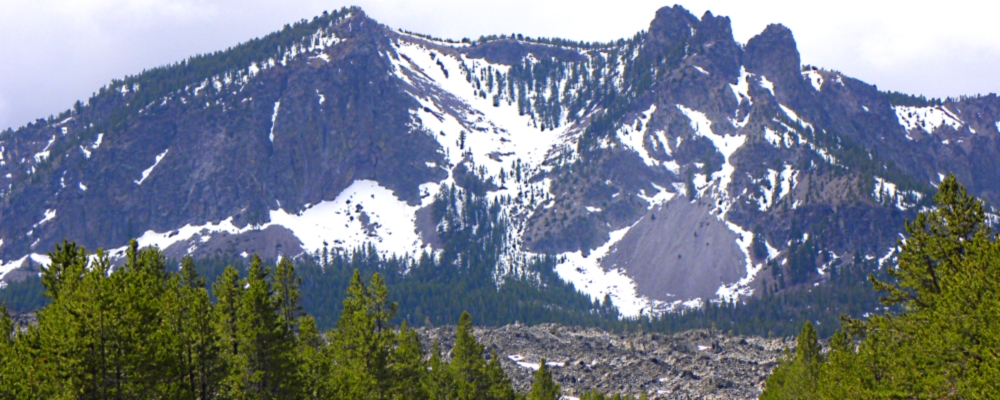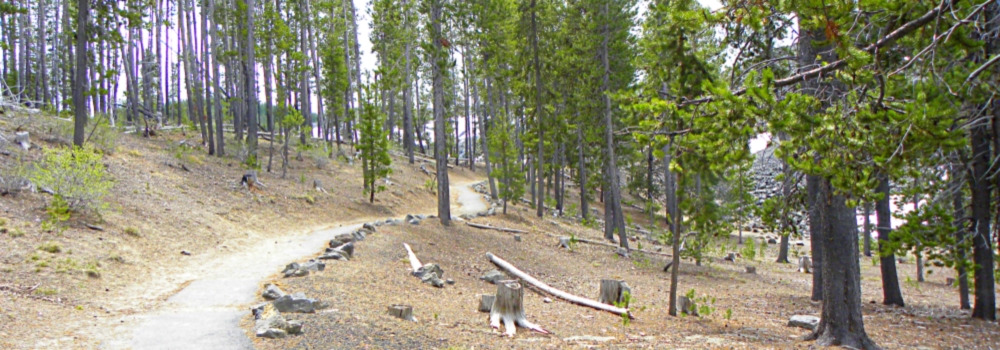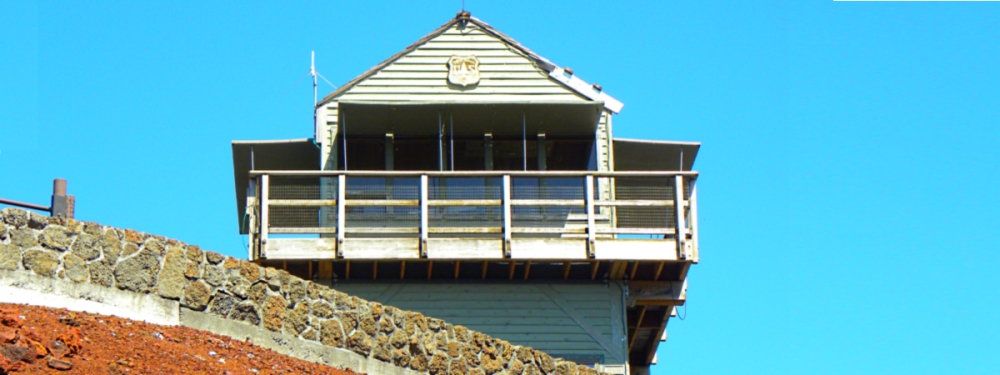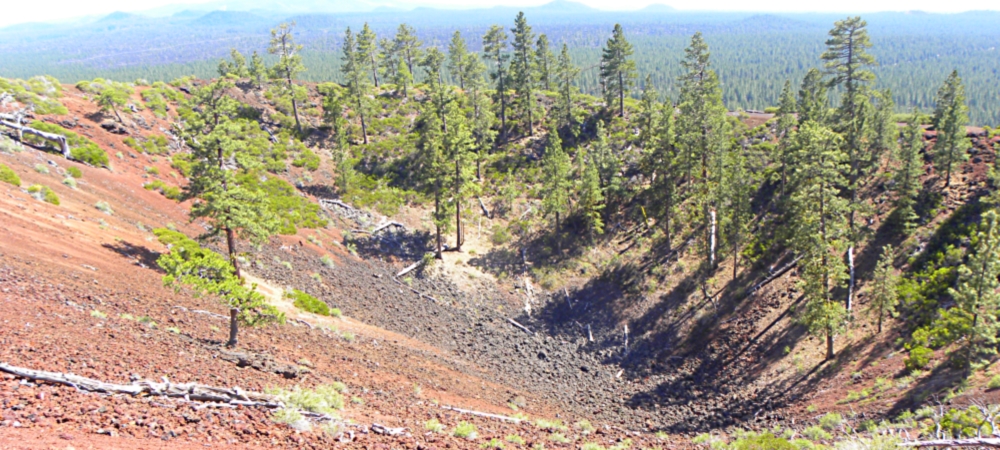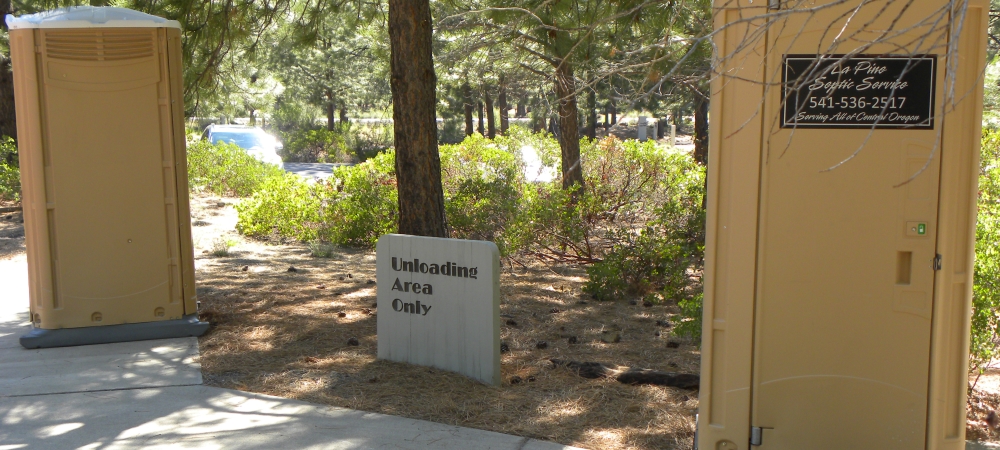|
The Newberry Volcanic Area is a large active shield-shaped stratovolcano located 35 miles east of the major crest of the Cascade Range.
When taking into account it′s lava flows, the total area of coverage is 1,200 square miles, having roughly the same area as the state of Rhode Island and is considered the largest volcano in the Cascade Volcanic Arc. From north to south, the volcano streches 75 miles, with a width of 27 miles and a total volume of approximately 120 cubic miles.
Due to the volcanic area covering such a large area, several separate park sites have been created including Pilot Butte Cinder Cone, Lava Butte Cinder Cone and the Newberry Caldera containing both East Lake and Paulina Lake.
Named for the geologist and surgeon John Strong Newberry, who explored central Oregon for the Pacific Railroad Surveys in 1855.
Origin and Eruptions
It is believed that an independent hotspot developed from the subduction of the Juan de Fuca and Gorda oceanic tectonic plates under the North American continental tectonic plate.
Eruptive activity began about 600,000 years ago and continued into the Holocene with the last eruption 1,300 years ago. Unlike many volcanos with a shield shape, which only erupt basaltic lavas, Newberry has erupted basaltic, andesitic and rhyolitic lavas.
Though Newberry Volcano is currently quiet, the United States Geological Survey considers it to be an active volcano with a very high threat level. Hot springs within the caldera remain active, and small earthquakes have occurred within recent local history.
Future eruptions would likely show similar characteristics to eruptions from the past 15,000 years, ranging from effusive production of lava flows to explosive eruptions ejecting pumice and ash.
General Information:
Located in the Basin and Range Region, in the
Lava Plains Ecoregion.
The surrounding area has been inhabited by Native American populations for thousands of years.
The caldera was used to harvest obsidian, which they used to sharpen arrowheads and tools as well as to trade throughout the Pacific Coast region.
Paulina Lake Campground (43.710656, -121.273004)
Little Crater Campground (43.713691, -121.242824)
Cinder Hill Campground (43.729417, -121.195003)
East Lake Campground (43.723097, -121.192976)
Chief Paulina Trailhead Campground (43.703613, -121.255120)
Paulina Falls (43.712108, -121.282527)
Paulina Lake Hot Springs (43.732088, -121.252336)
Paulina Peak Observation site (43.689309, -121.254705)
| 





